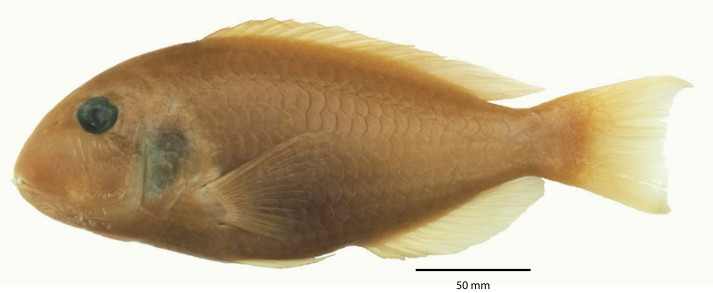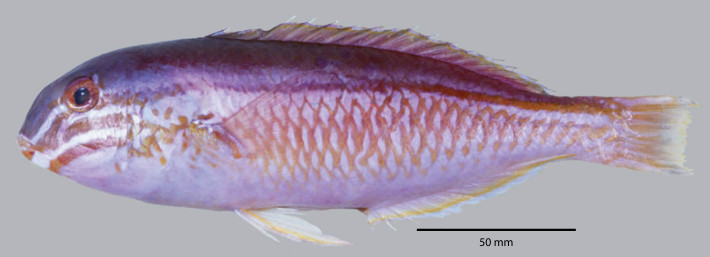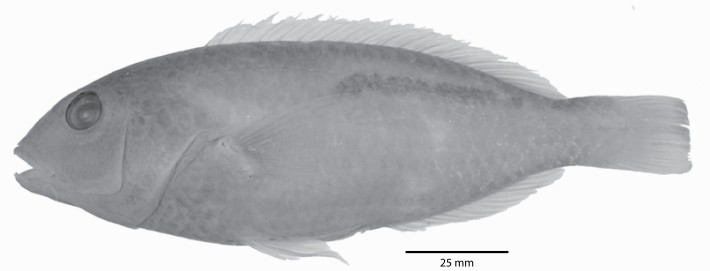A trio of mysterious new tuskfish species have been welcomed into the world thanks to a recently published review of the genus Choerodon. This brings the total membership in this group to 27 recognized taxa, all restricted to the Indo–Pacific, and, now, for the first time, these are all neatly arranged into a half-dozen subgenera.
There are surprisingly few tuskfishes which make their way into the aquarium trade with any regularity, mostly due to these species either growing too large or occurring too deeply or too far from reefs to be practical for collection. Also, admittedly, many of these are rather deficient in the sort of chromatic joie de vivre that aquarists crave. The most famous is certainly the Harlequin Tuskfish (C. fasciatus), which now finds itself classified into its own subgenus, Lienardella. The more robustly built species find themselves placed into either Aspiurochilus (e.g. C. azurio, C. zomboangae) or Choerodon (e.g. C. anchorago, C. graphicus), while another fairly diverse lineage of gracile members are grouped as Pealopesia (e.g. C. jordani). These typically occur in deeper waters and are almost never seen in captivity, despite some being rather attractive.

The Swallowtail Tuskfish (Choerodon cypselurus). Note the elegant caudal fin shape. Credit: Gomon 2017
The oddest tuskfishes belong to the remaining two subgenera, both of which are monotypic. The Blackstripe Tuskfish (C. vitta) is placed in the aptly named Lutjanilabrus, which references the snapper-like shape of this peculiar wrasse. The Bluetooth Tuskfish (C. typus) is a small species with an elongated body shape that feels as though it might be a long lost cousin of Halichoeres or Thalassoma. It was previously the only species recognized in the genus Xiphocheilus, but this has now been demoted to a subgenus.
The three new species are all poorly known and from fairly isolated corners of the world. The evocatively named Swallowtail Tuskfish (C. cypselurus) is known from just two specimens collected east of the Seychelles in 1978. Morphologically, this fish is quite unlike anything else in the genus, with the subtly lunate margin of the caudal fin being an especially elegant touch. There is, unfortunately, no word on what this species looks like in life, as we only have pale pickled individuals to look at.
The Gilded Tuskfish (C. aurulentus) is the largest of the slender-bodied species, topping out at 18cm. This species is also known from just two specimens, collected in 1976 from Norfolk Island (near Eastern Australia) at a depth of 80-90 meters. We at least have a somewhat decent photo of this stately beast, which comes equipped with a series of attractive golden markings that give this fish its vernacular name. Lastly, the Western Pygmy Tuskfish (C. skaiopygmaeus) is a relatively small species, measuring just under six inches. Only seven specimens are known, all collected in 1964 off the coast of Somalia in mesophotic waters.
- Gomon, M.F., 2017. A review of the tuskfishes, genus Choerodon (Labridae), with descriptions of three new species. Memoirs of Museum Victoria 76: 1–111. http://doi.org/10.24199/j.mmv.2017.76.02












0 Comments